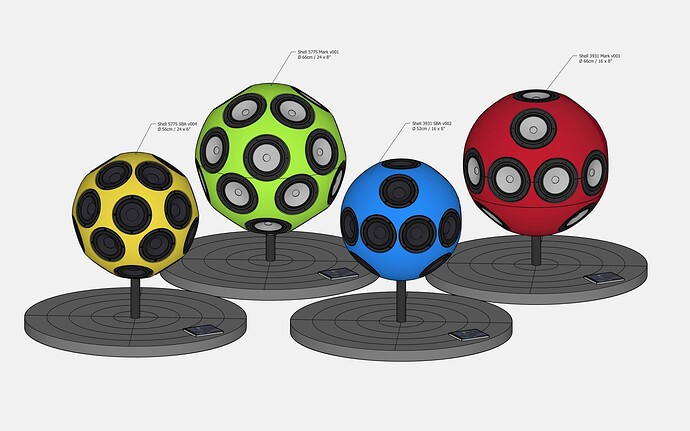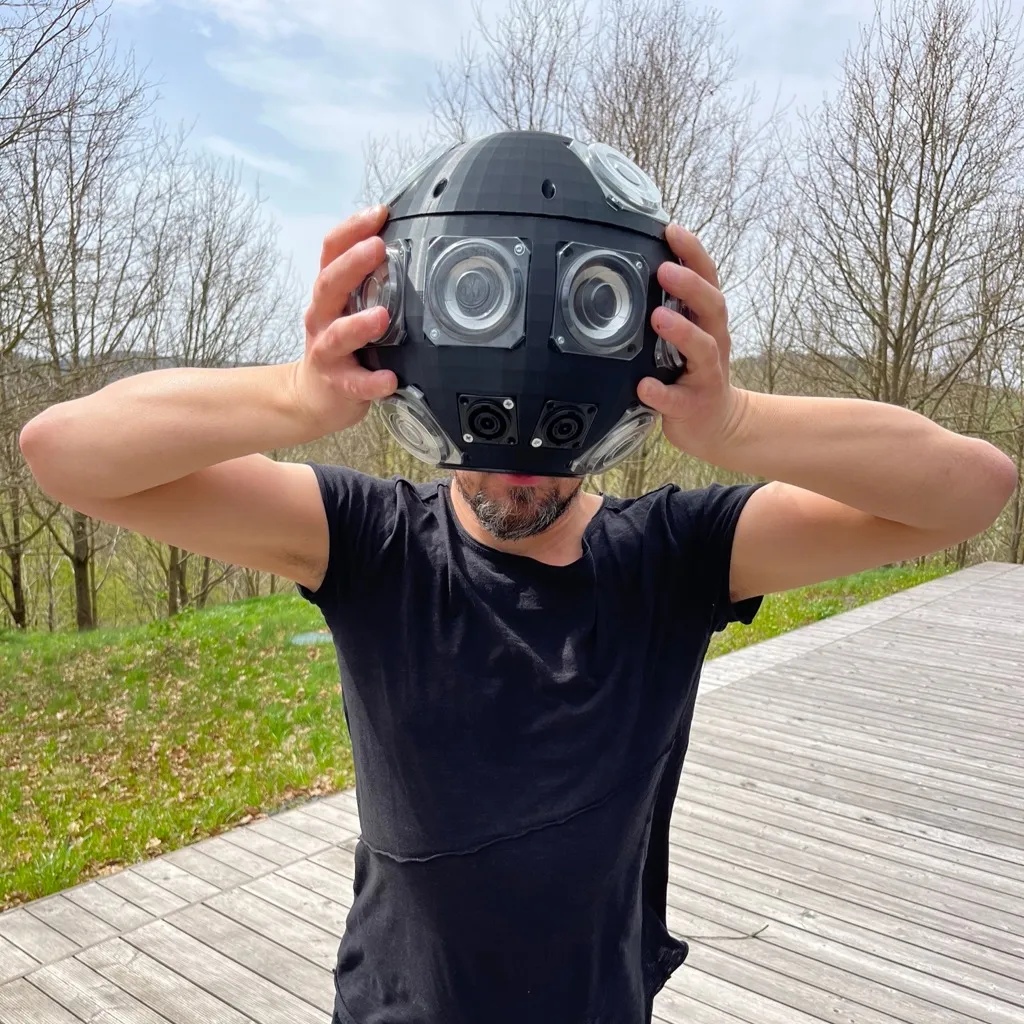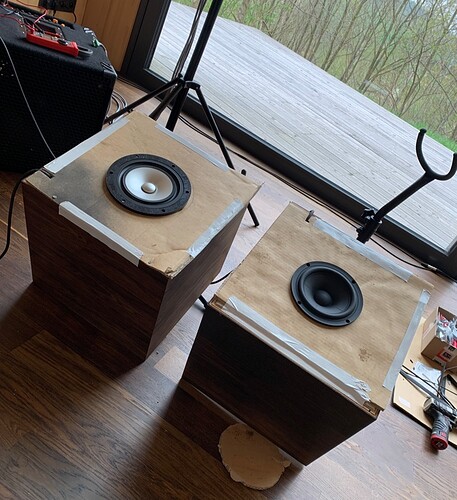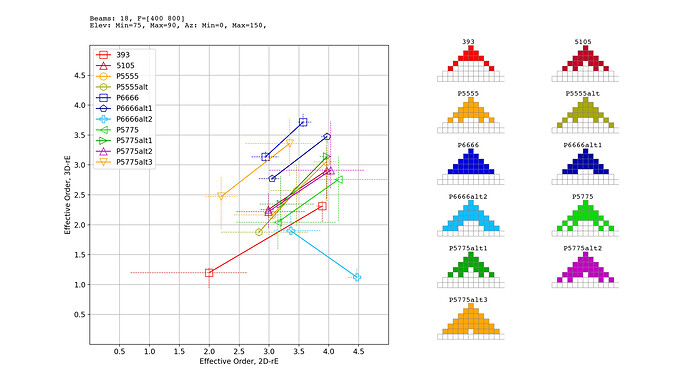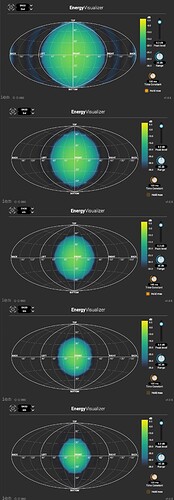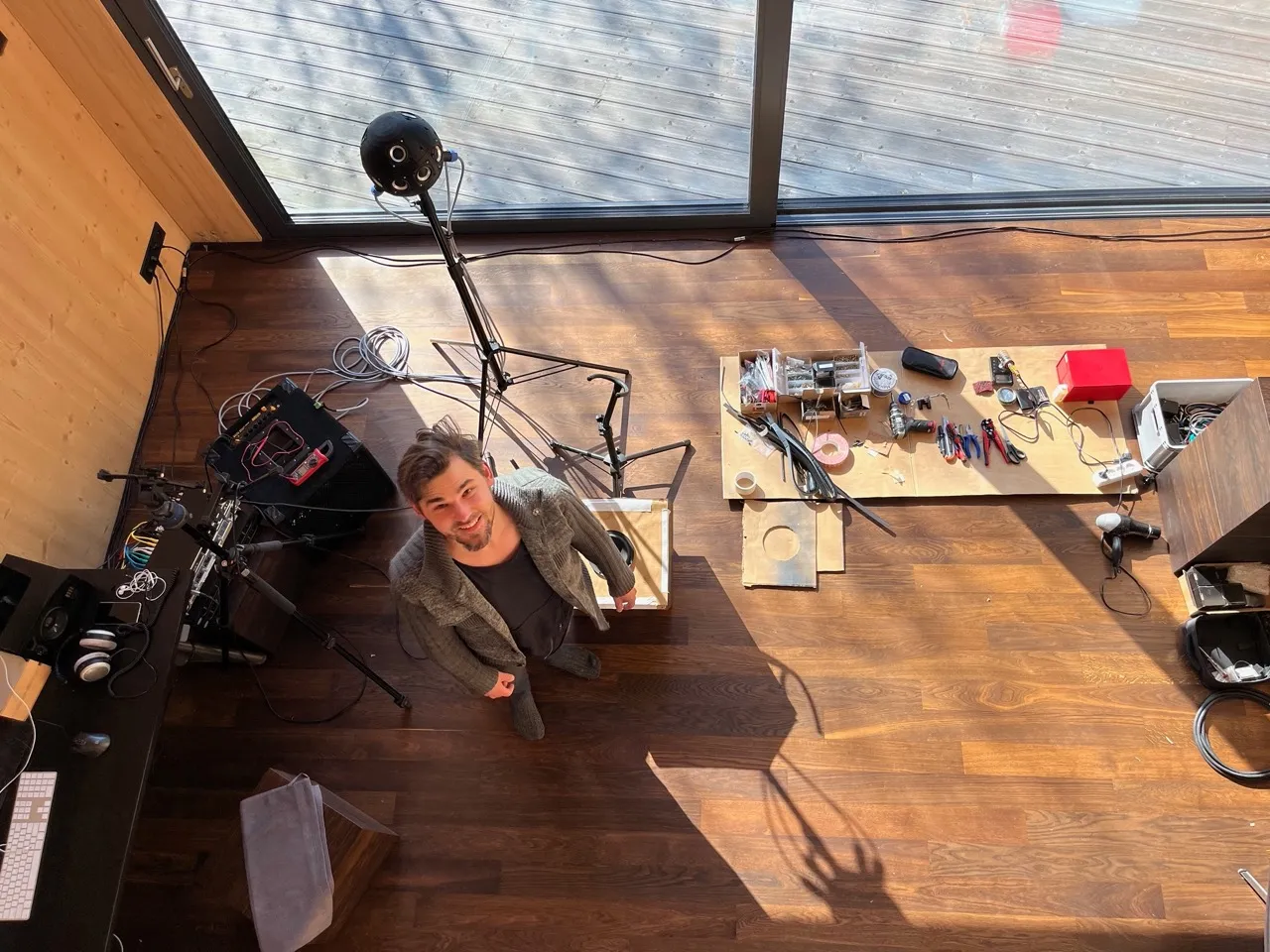Hi there,
I recently developed an obsession about spherical ambisonic speakers.
These wonderful, elusive inventions that originated in 1980’s Ircam’s research, later developed by IEM Graz and made into production with Sonible’s IKO.
They are capable of projecting precise sound beams out of a single unit including directional low frequency beams. Fascinating! OK, it’s IRCAM forum, so y’all probably know that… Or maybe not.
I love several things about them…
- the experience is very unlike listening to a speaker (or an ambisonic dome)
- they are single and central, which is interesting in terms of logistics and the symbolics!
- that they play with architecture - much more interesting artistically than perfect transparent systems out there. Which is exactly why I got interested in them in the first place, as I envisioned Echotronica - the festival for sound frontiers and spatial sound.
- still not very much explored artistically
I spent the last couple of months learning everything I could, and came up with a small library to organize my learnings.
A few weeks back, I did a trip to Berlin and had pleasure of listening to the original IKO at Spaes in Funkhaus, thanks to Gerriet Sharma’s generosity. And I got even more hooked.
Dozens of papers later, I’m slowly building understanding of these… and building my own.
The original IKO is fantastic, but requires a deep pocket or institutional funding. AFAIK, there’s just a couple of artists who own one. What if you can’t afford one?
Based on IEM’s Franz Zotter and Riedel’s work it’s possible to build a much smaller and more affordable version - called 3-9-3, for speakers layout. Several other downscales have been made, including 1-7-0 and 1-7-1.
My path is a bit different… I plan to build something that’s based on the learnings of post-iko mixed-order beamformers, like the 3-9-3, but comparable in size and power to the IKO. So far so good…
So, here’s my progress:
Along the way, I met so many interesting people, that openly and wholeheartedly shared their know-how and experience. Thank you!
I mentioned the festival - we’re turning this amazing decaying temple where I shot two short films (The Chapel and Rebirth) years ago, into a spatial sound instrument, and the idea is to merge sound frontiers, and spatial sound with improvisational spirit.
OK, what’s the deal?
I’m posting here to see if there are any other folks out here either playing with these, composing for it, building their own…
Also, I’m interested in developing relationships for future performances including these beamformers, which could go either way - i.e. I may want to invite you to Echotronica and I’d love to participate in your events/installations.
Holler at me, I’d love to meet you and chat.
Here’s how you can follow my path:
https://echotronica.substack.com/
Patrick
P.S. I’m not sure if SPAT is the bet category, but out of 400 forum categories here it looked closest.



